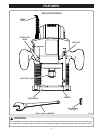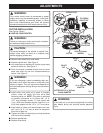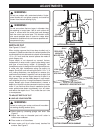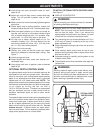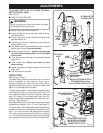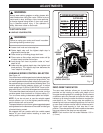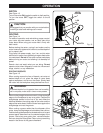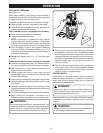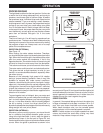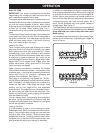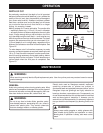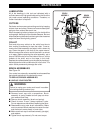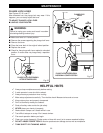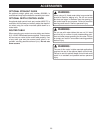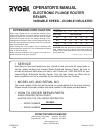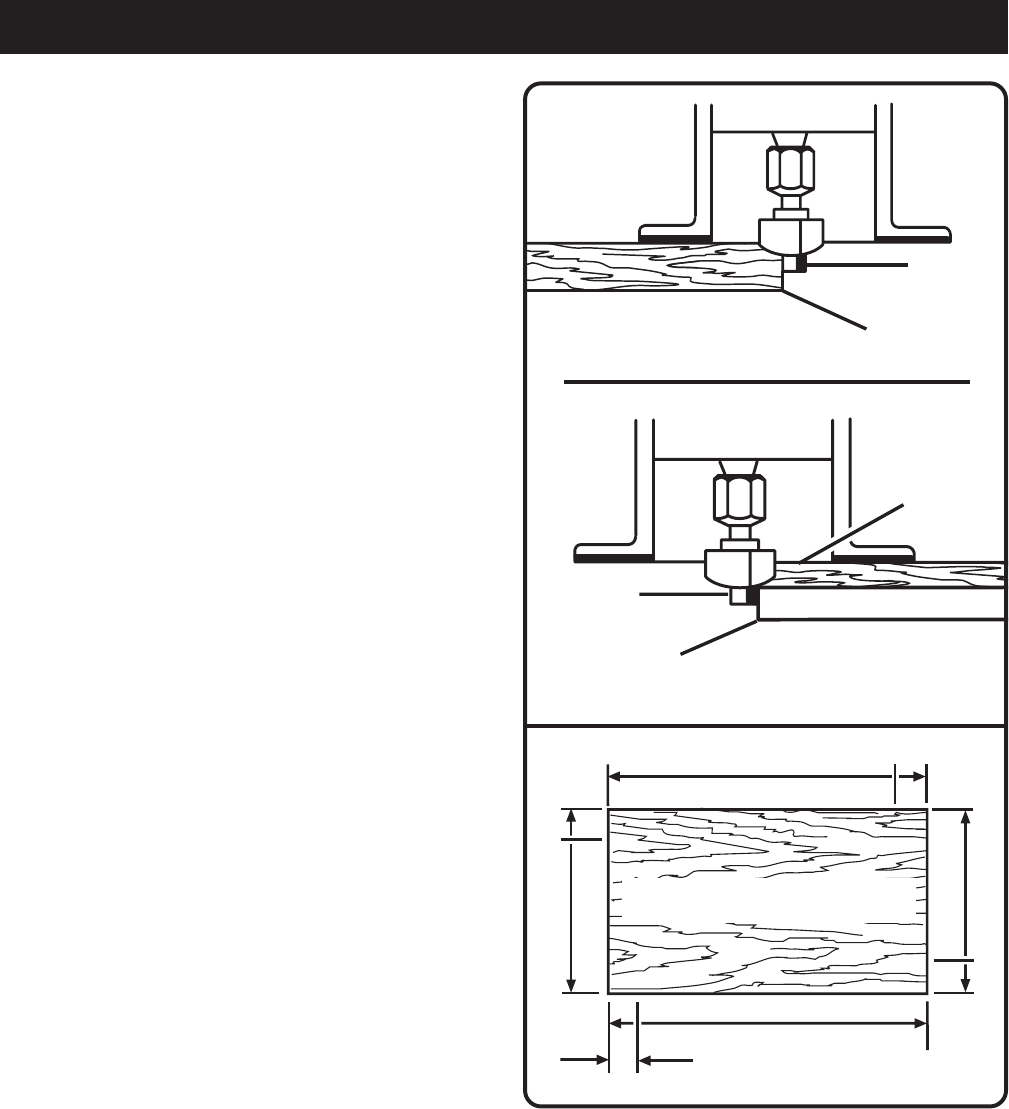
17
OPERATION
PILOT
WORK
WORK
PILOT
6
5
1
8
1/4 in. to 1 in.
(6.35 mm to 25.4 mm)
7
4
3
TOP EDGE SHAPING
WHOLE EDGE SHAPING
Fig. 17
Fig. 18
GUIDE
2
PROPER CUTTING SEQUENCE
ROUTER
ROUTER
PILOT BIT EDGING
See Figure 17.
Rabbets and molded edges can be cut using piloted
cutters. The pilot extends below the cutter. Some pilots
are solid extensions of the cutter. Others are ball bearing
guides that are fastened to the end of the cutter. The
pilots allow the cutters to turn while the pilot follows the
edge of the workpiece.
Arbor-type bits with pilots are excellent for quick, easy,
edge shaping. They will follow workpiece edges that are
either straight or curved. The pilot prevents the bit from
making too deep a cut; and holding the pilot firmly in
contact with the workpiece edge throughout prevents
the cut from becoming too shallow.
Whenever the workpiece thickness together with the
desired depth of cut (as adjusted by router depth setting)
are such that only the top part of the edge is to be shaped
(leaving at least a 1/16 inch (1.6 mm) thick uncut portion
at bottom), the pilot can ride against the uncut portion,
which will serve to guide it.
See Figure 17.
However, if
the workpiece is too thin or the bit set too low so that there
will be no uncut edge to ride the pilot against, an extra
board to act as a guide must be placed under the
workpiece. This “guide” board must have exactly the
same contour — straight or curve — as the workpiece
edge. If it is positioned so that its edge is flush with the
workpiece edge, the bit will make a full cut (in as far as
the bit radius). On the other hand, if the guide is positioned
as shown in Figure 17 (out from the workpiece edge), the
bit will make less than a full cut — which will alter the
shape of the finished edge. NOTE: When edge shaping
with guides, any of the piloted bits can be used without
a pilot. Also, the size (diameter) of the pilot that is used
determines the maximum cut width that can be made
with the pilot against the workpiece edge (the small pilot
exposes all of the bit; the large one reduces this amount
by 1/16 inch (1.6 mm).
When routing all the edges of a panel or board, rout the
end grain first. Any splintering that occurs at the corners
will then be removed when routing the edge. Start each
side 1/4 in. (6.35 mm) away from the end. Feed the cutter
into the wood until the pilot contacts the uncut edge.
Then, slowly back the router to shape the corner. Next,
move the router forward to shape the rest of the edge. Be
careful to keep the pilot pressed against the uncut edge.
Repeat this procedure on each side of the panel. Figure
18 shows the proper sequence of cuts to make when
edge routing four sides of a panel.



